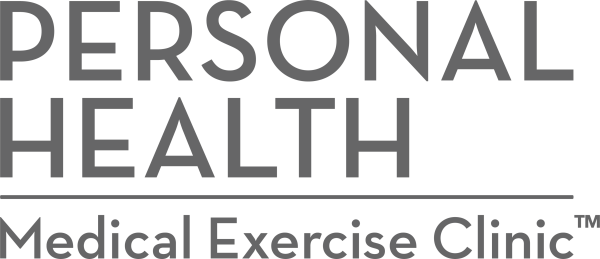Blood pressure is determined by the following:
- Cardiac output X Total Peripheral Resistance = Blood Pressure
Stay with me, this isn’t going to be a lesson in mathematics! Cardiac output is exactly what it says on the tin, the output of your heart. If we combine your heart rate (how fast your heart beats) and stroke volume (how much fluid your heart can eject at once) we can work out how well your heart is able to pump blood into the blood vessels.
Once this blood enters the blood vessels, it is met by a certain amount of resistance caused by factors such as the diameter of the vessel walls (the skinnier they are the more resistance they offer) and the viscosity of the blood (the thicker the blood the harder it is to pump, think honey vs. water). Both of these components of the formula above inflict a certain amount of pressure on the walls of the circulatory system. I think you can see where this is going…this is your BLOOD PRESSURE.
In order to change blood pressure, we need to start altering the factors contributing to the formula above. Exercise offers a way to alter your cardiac output by making your heart a much stronger muscle, this allows it to eject more fluid (increase stroke volume) with fewer beats, keeping your heart rate low. Plaque and cholesterol build up in the arteries cause the diameter of your blood vessels to narrow, increasing resistance. A healthier diet with lower cholesterol for example allows for less buildup of gunk in the arteries, increasing their diameter and lowering the resistance your heart has to pump against.
To learn more about how exercise and diet can alter your blood pressure, you can book a session with a chartered physiotherapist or dietician on our website or call 01 496 4002.
You can book a session with us on our website or call 01 496 4002 or email.




